Why are the leaves on my star jasmine turning red? Potential reasons revealed by experts
A change in color can be a cause for concern – here's how to prevent it from happening to your plant
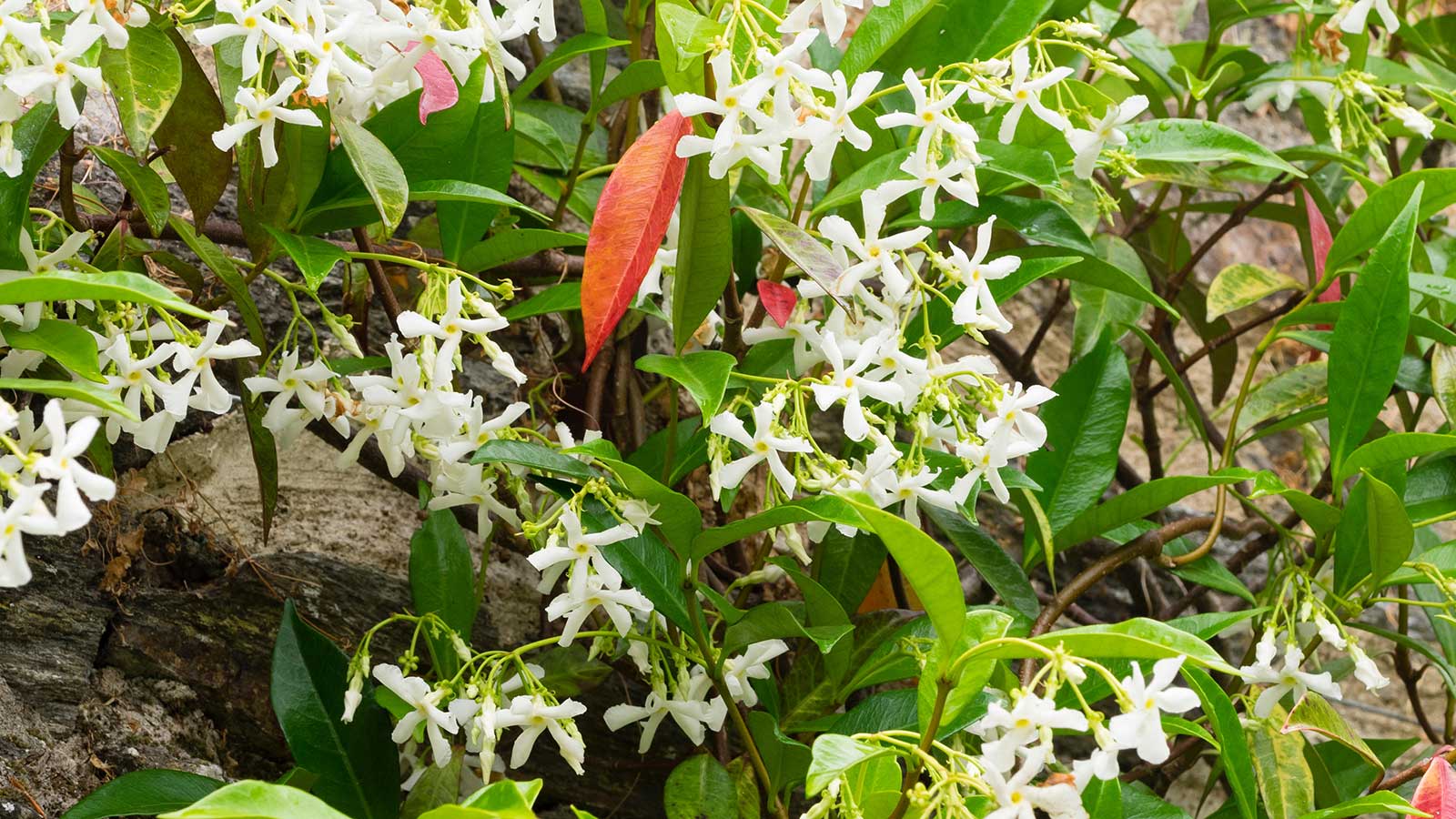

Q: I have a star jasmine in a large planter on my patio, which I'm training up the wall. It's bloomed beautifully, but recently, some of the leaves have turned red. What could be the reason?
A: Naturally, a change in color in your star jasmine can be worrisome. It's a valid concern, as often, it's a sign of stress for these fragrant flowering climbers.
According to Nastya Vasylchyshyna, resident botany expert at Plantum, the pigments causing the reddish hue are stimulated by various environmental factors. Below, experts discuss each one, from improper watering to a lack of nutrients, and how to dodge the problem.
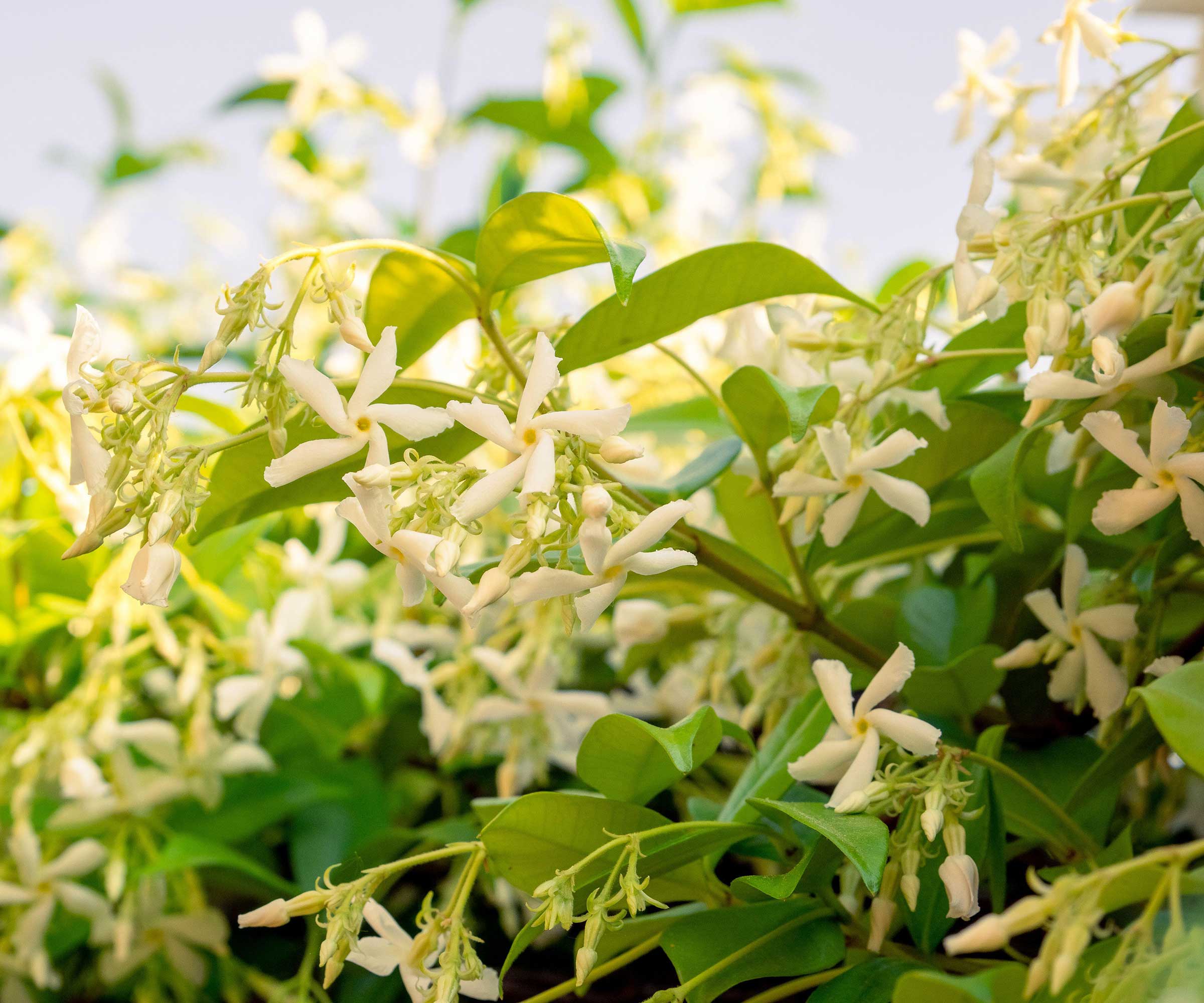
Star jasmines are evergreen climbers with fragrant flowers
4 potential reasons why your star jasmine has red leaves
These tips will help you keep these evergreen climbing plants healthy.
1. Changes in temperature
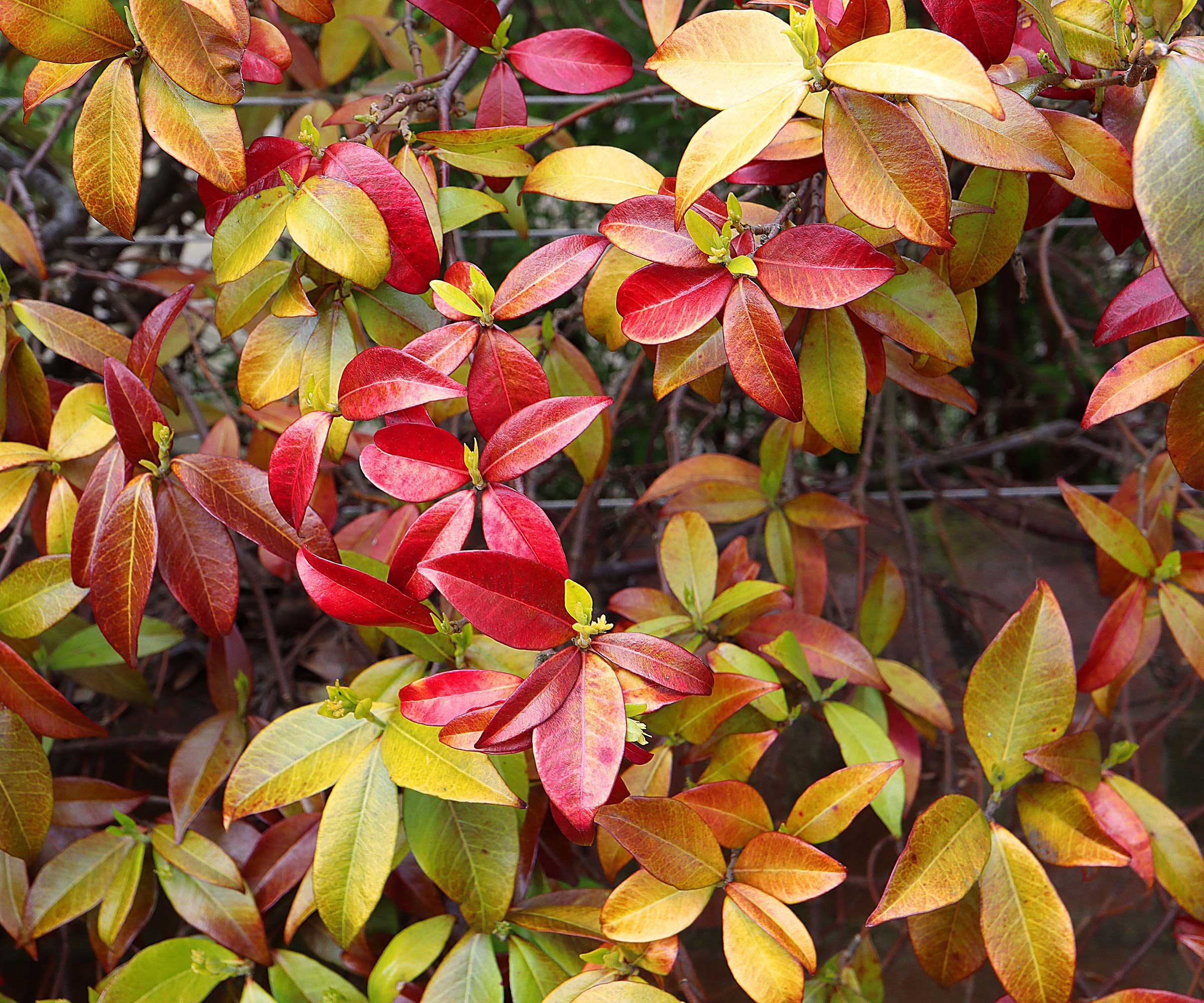
Red foliage can be a response to colder weather
Brock Ingham of Bigger Garden notes how star jasmine doesn't like sudden changes. 'If you have it outside, a sudden cold snap can turn the leaves red as the plant tries to cope with the chill,' he says.
If keeping it as a houseplant, be sure to protect it from central heating, air vents, and drafts. 'You want to keep the temperature around it as stable as possible,' Brock adds.
Top tip: Nastya says, 'If your winters are too cold to grow the star jasmine outside year-round, you can carefully dig it up, pot it, and keep it inside until warm weather sets in.'

Nastya is a professional botany expert for the Plantum app that helps identify plants and plant diseases and provides care recommendations. Her specialization is plant morphology, phytopathology, and plant physiology.
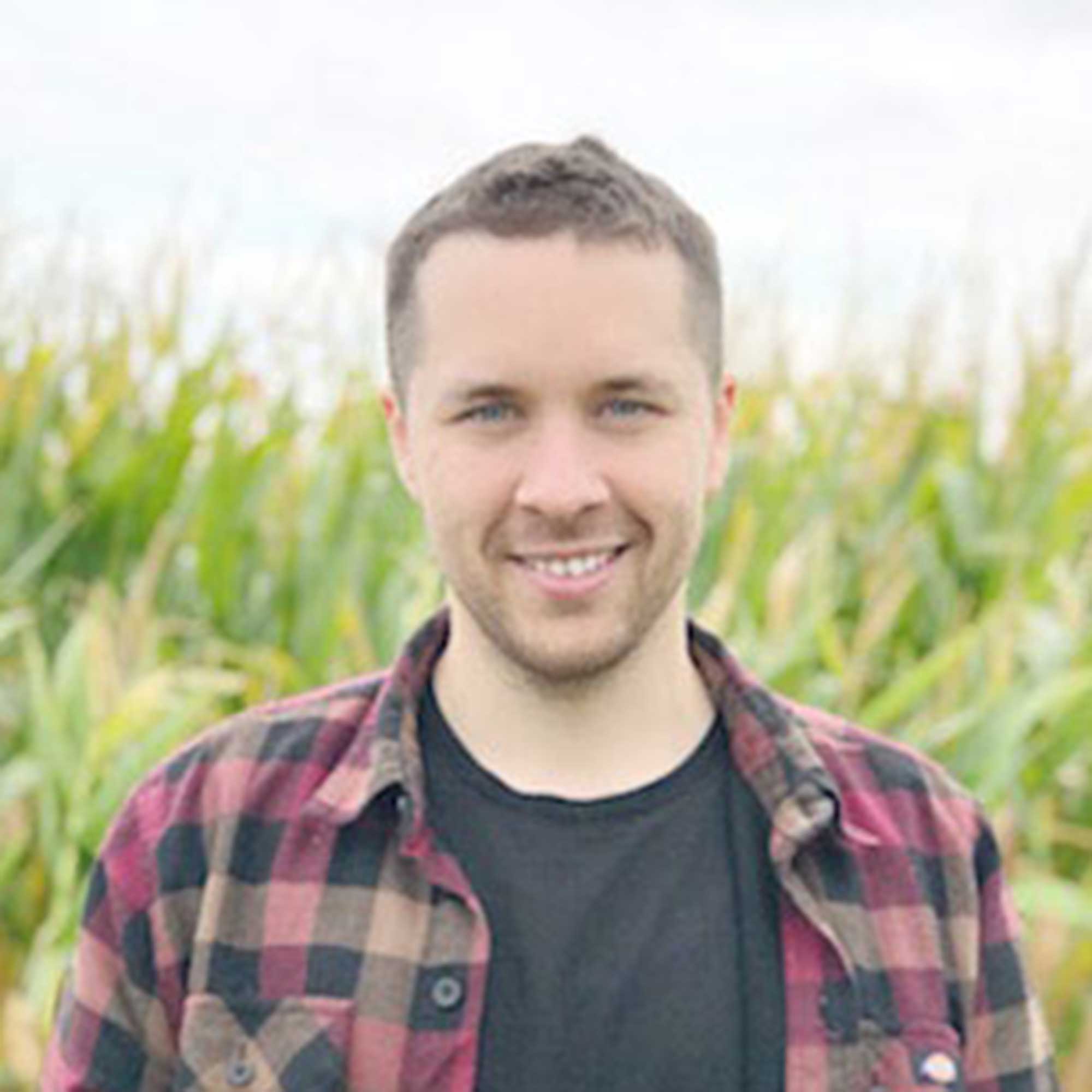
Brock is an experienced gardener who is studying to become a horticultural expert. With over a decade of experience, he has become gifted at growing a variety of unique and rare plants. He's also a strong advocate for farmers and knows that behind every crop, there's a farmer with a story to tell.
2. It's getting too much sun (or not enough)
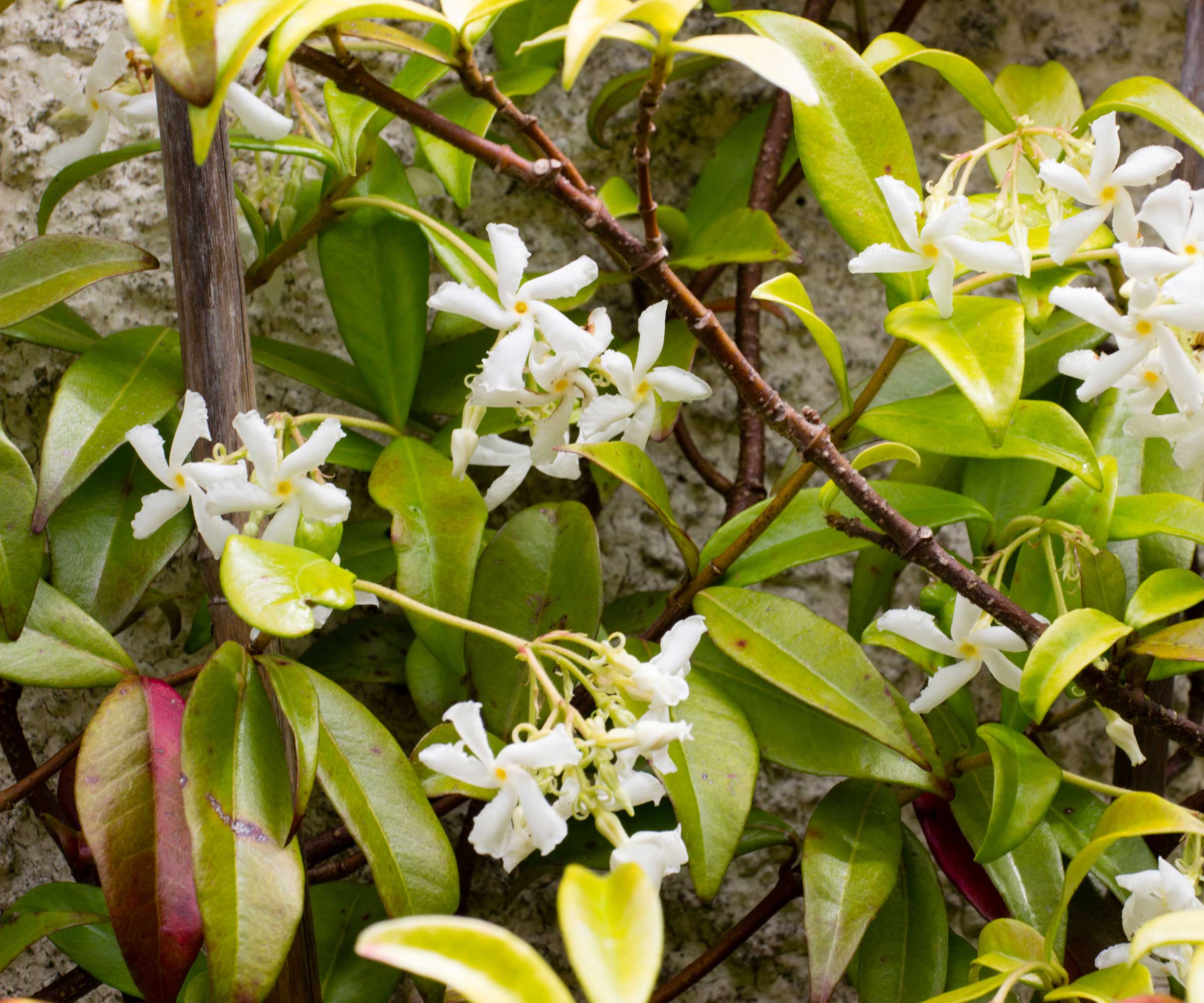
Too much sun can scorch star jasmine foliage
Brock says, 'In the garden, too much direct sunlight can scorch the leaves, causing them to redden, especially in younger plants that are still getting established.' On this note, Nastya recommends a planting spot that has direct sunlight in the morning or evening and shade in the afternoon.
If you’ve already planted the star jasmine in a spot that’s too sunny, Nastya suggests diffusing the light with a temporary canopy secured with wire or stakes. 'Set up the canopy only in extremely sunny and hot weather,' she says. We think this shade cloth from Amazon would work well.
Brock continues: 'If it’s indoors, the opposite problem can occur if it’s not getting enough light. But again, too much direct light through a window can be just as bad. A nice, bright spot without direct sun is usually perfect.'
3. Inconsistent watering

Red leaves often signal that the plant is stressed
Gardening expert Lisa Eldred Steinkopf says, 'Inconsistent water, which is stressful to the plant, may also cause red leaves.' So, she advises keeping star jasmines evenly moist. 'Don’t allow them to stand in water, but also don’t allow them to completely dry out.'
Brock also highlights the importance of good drainage. This helps avoid waterlogged roots which can otherwise lead to root rot and stressed, red leaves.
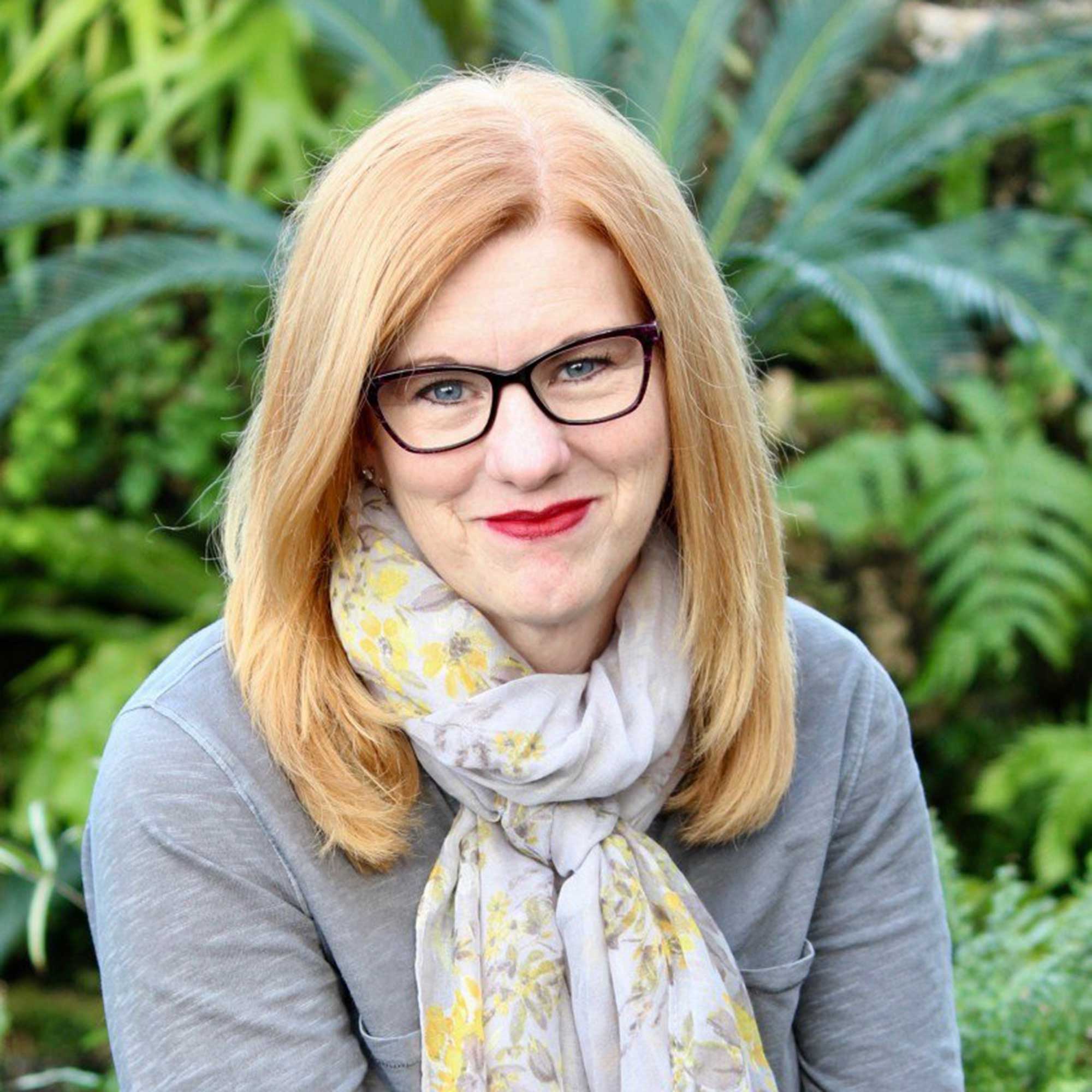
Lisa, a National Garden Bureau member, features all things houseplants on her blog Thehouseplantguru.com. Being an avid outdoor gardener as well has led to a column for Michigan Gardener magazine. In addition, she has written for titles such as Real Simple magazine, Horticulture, and Fine Gardening, and the houseplant section of Allan Armitage’s Greatest Perennials and Annuals app. She lectures extensively around the country, spreading the word about the importance of houseplants and how to care for them, and has been interviewed online, in print, and on TV and radio about houseplants. Lisa worked for more than a decade at Steinkopf Nursery and Garden Center as the annuals and houseplants manager.
4. A lack of nutrients

Your plant may need a boost with fertilizer
'Lastly, it might be a nutrient thing,' says Brock. 'A lack of essentials like phosphorus can show up as red leaves.' He recommends adding fertilizer during the growing season (spring and mid-summer) to help keep everything in check. 'Just be careful not to overdo it – more isn’t always better.'
Lisa says, 'My rule is to fertilize a plant every fourth watering, or use quarter-strength every time you water. If you choose the latter, you are less likely to forget to fertilize your plant.'
FAQs
What should you do if your star jasmine has red leaves?
Victoria Cummins, a gardening expert from PlantWhisperer, advises reviewing your care practices and correcting any potential issues. Then, prune out any dead, damaged, or excessively reddened stems to help redirect energy to healthy growth, she says. If you need new pruners, this gonicc pair from Amazon is a popular pick, and very well-rated.
'With proper cultural conditions, star jasmine is fairly resilient and may rebound after you've addressed the underlying stress,' she adds.
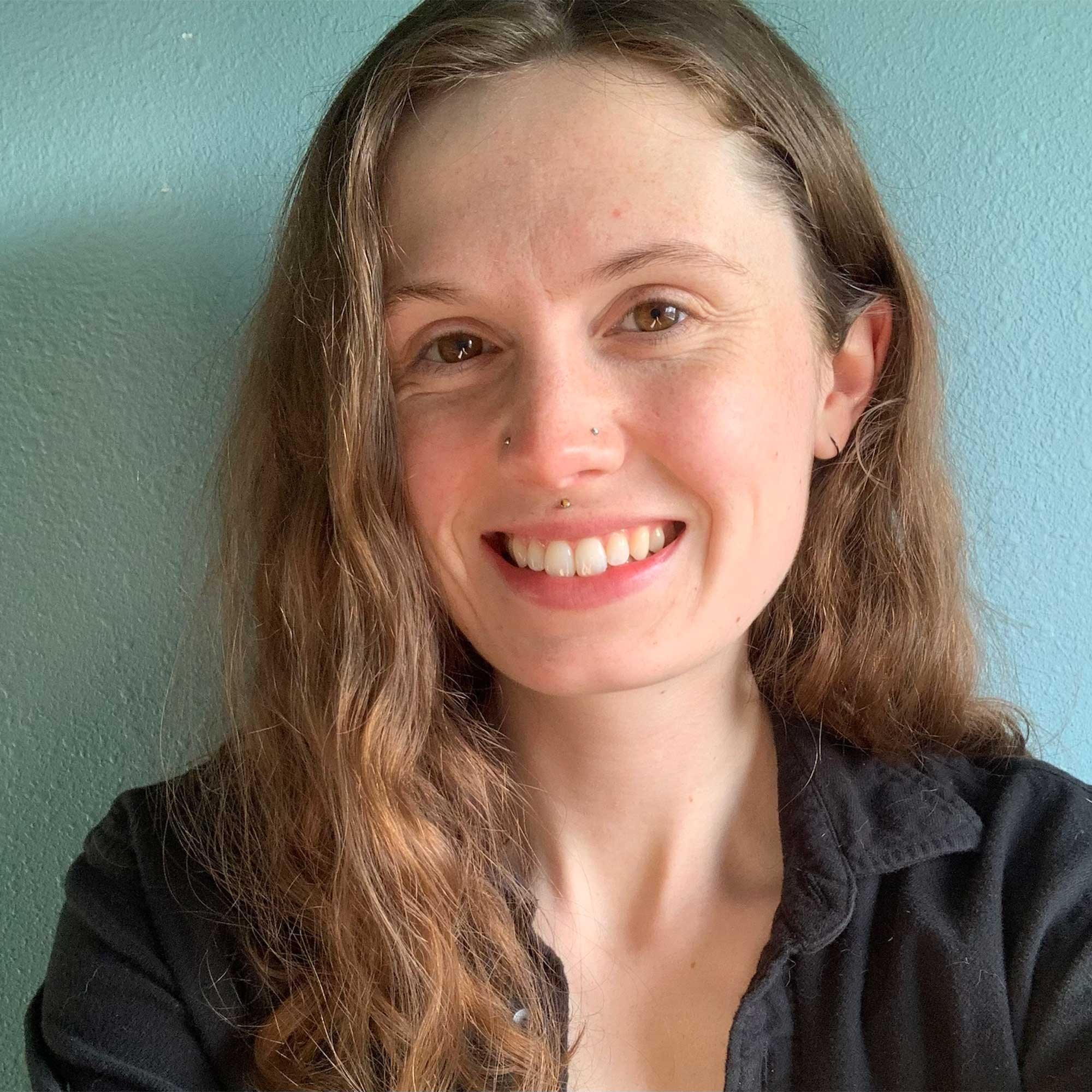
Victoria Cummins, a senior editor at PlantWhisperer and a gardening expert, specializes in permaculture. Her work focuses on building soil quality, cultivating fruit trees, and wild harvesting. Collaborating with homeowners, landowners, farmers, gardeners, and communities, she dedicates her expertise to healing landscapes and enhancing food production to create resilient, sustainable environments.
Are red star jasmine leaves always a cause for concern?
Not always - older leaves of your star jasmine may turn red before falling off, which is simply a sign of aging.
Similarly, young leaves typically emerge in spring with a reddish-pink tint before they mature. Such seasonal changes are normal.
Check, too, the variety of your star jasmine. For instance, it's normal for ‘Winter Ruby’ to change color over winter, then turn green again in the spring.
Star jasmine is heavily fragranced, which makes it a wonderful plant to have on a patio or by a doorway. Don't forget that star jasmine also needs pruning to keep it looking its best. Our practical guide explains how to do it.
Sign up to the Homes & Gardens newsletter
Design expertise in your inbox – from inspiring decorating ideas and beautiful celebrity homes to practical gardening advice and shopping round-ups.

Holly started writing about gardening five years ago, and she is a regular contributor to Homes & Gardens. She has also written many gardening features for Woman & Home and Real Homes, too. She has previous experience as a professional gardener, where she helped to plant and maintain private gardens. Holly has also looked after allotment plots over the years and loves to grow her own flowers and veggies from seed. In her spare time, she enjoys visiting local gardens, botanical drawing, and tending to her ever-growing collection of houseplants.
-
 I swear by the ‘ETC’ method to prevent clutter and save money – my expert-backed checklist is transformative
I swear by the ‘ETC’ method to prevent clutter and save money – my expert-backed checklist is transformativeNow I Edit The Cart and save time, money, and energy
By Chiana Dickson
-
 Is this the end of built-in bedroom furniture? Designers decide if this once-loved feature will in fact date your space
Is this the end of built-in bedroom furniture? Designers decide if this once-loved feature will in fact date your spaceWill we be saying goodbye to built-in wardrobes, shelves, and drawers this year? We spoke with interior designers to see if this classic carpentry style will continue to be featured in bedrooms
By Eleanor Richardson